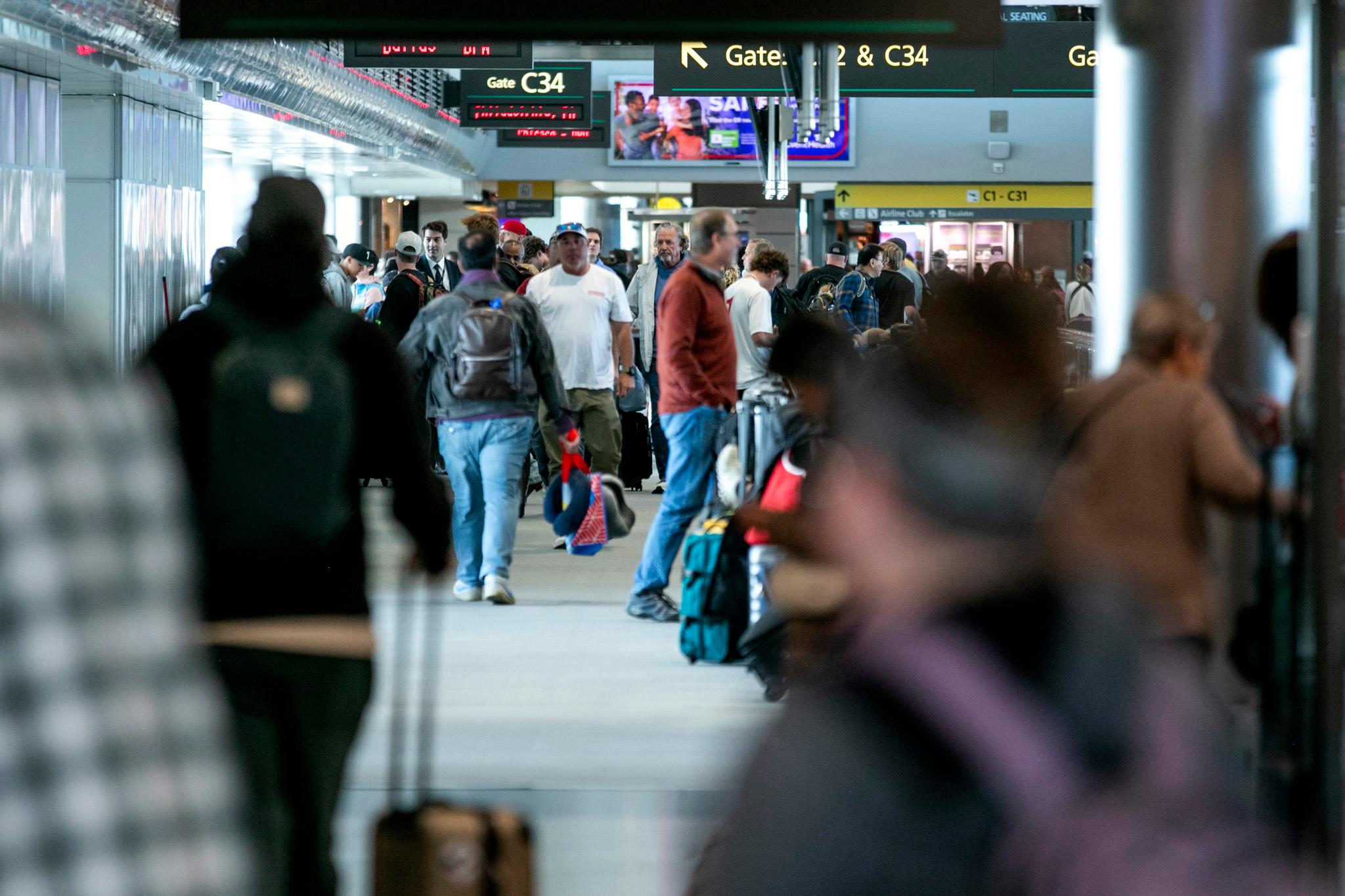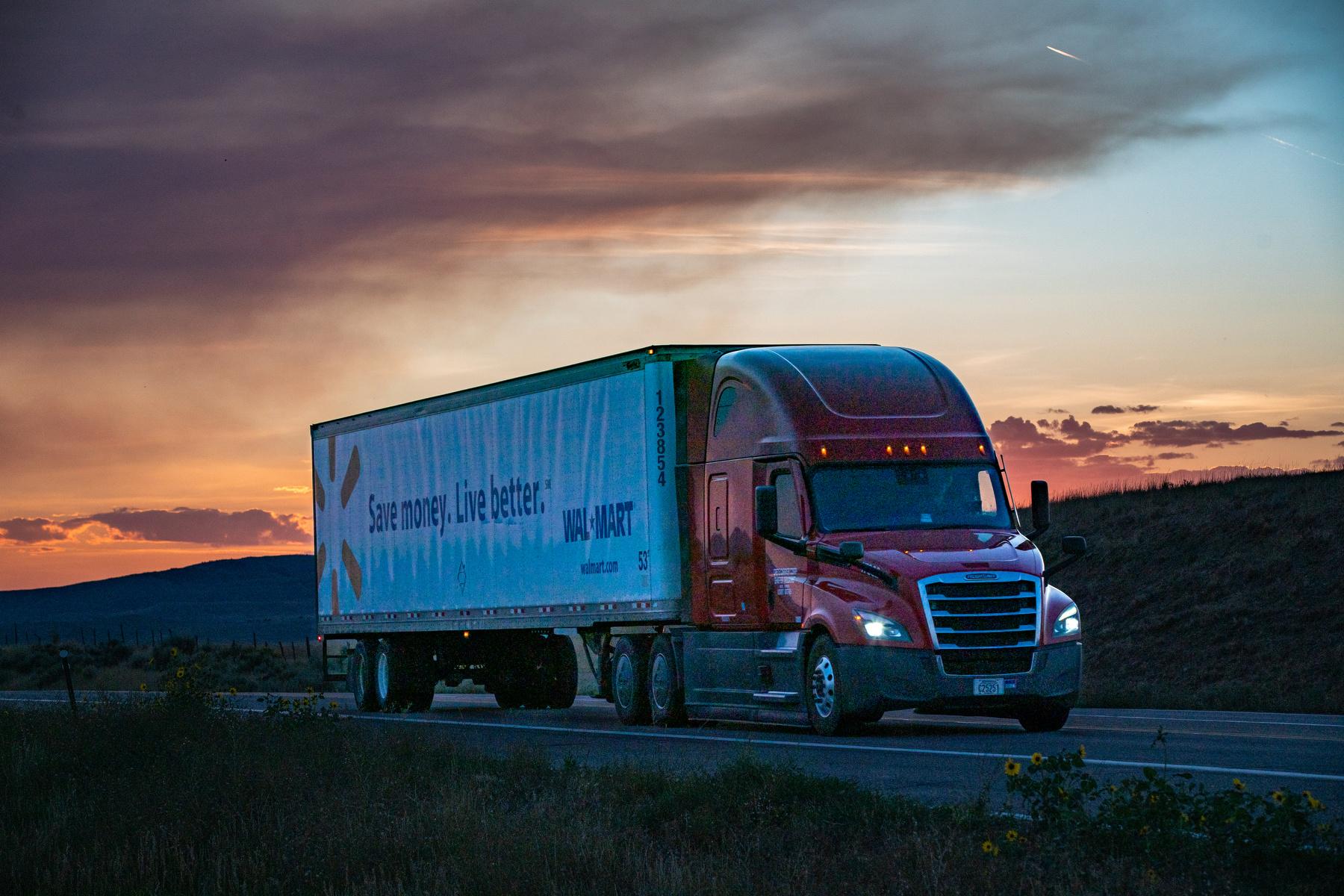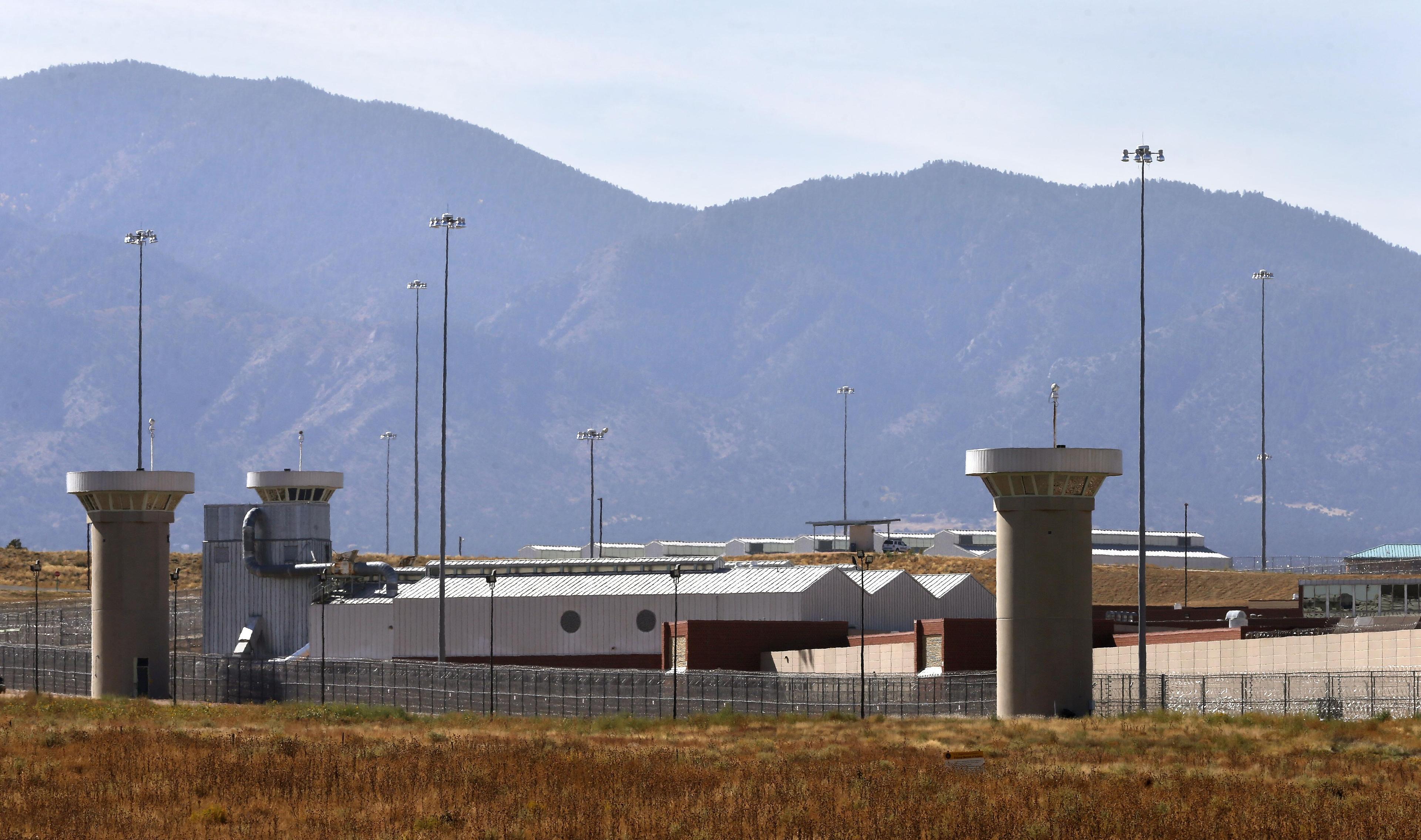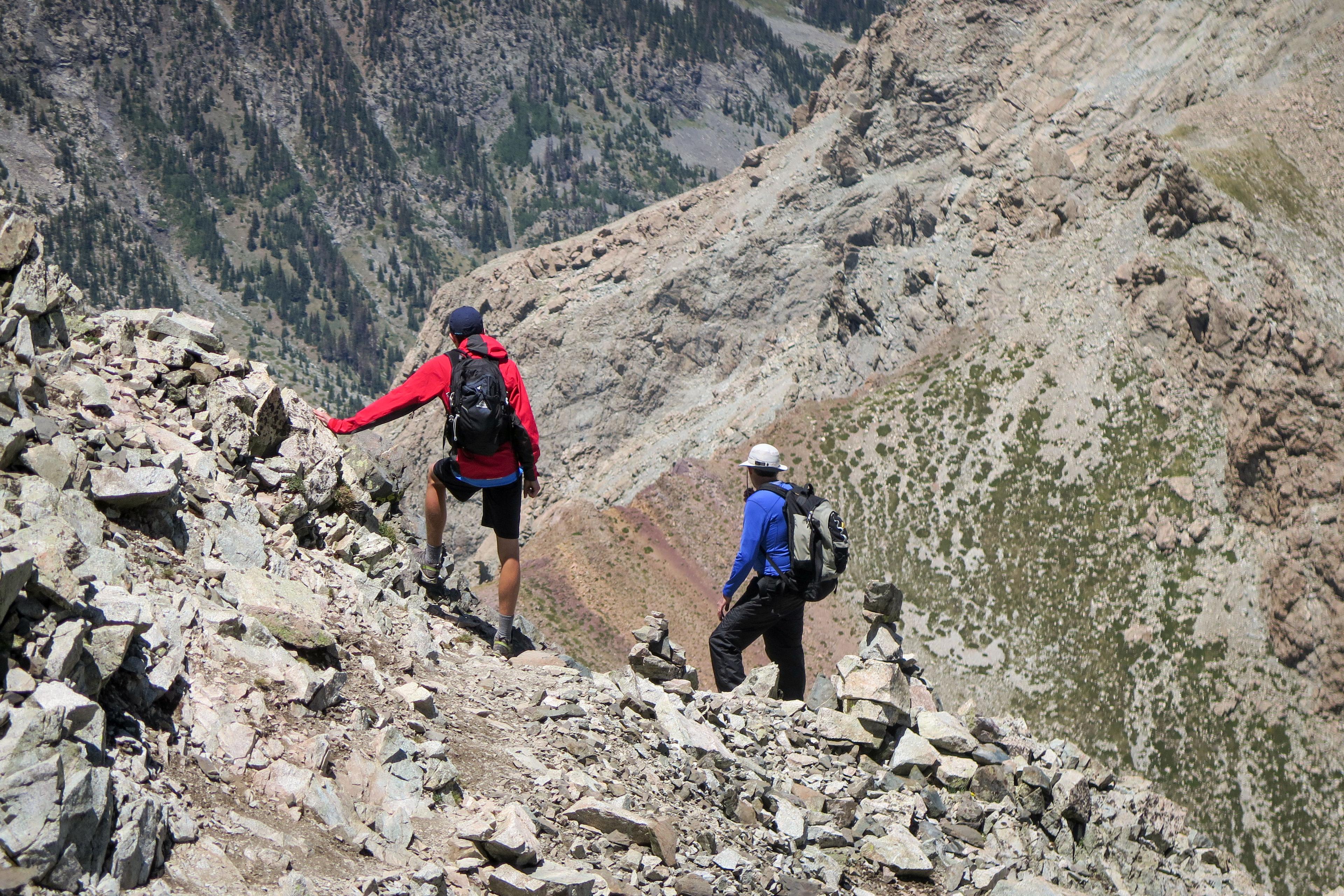

Colorado’s celebrated 14ers, the 58 notable peaks that stand over 14,000 feet tall, claimed a record 10 lives in 2017. Mountain safety experts say a combination of factors explain that death toll, but one troubles them most.
Many of the deaths occurred because climbers got in over their heads.
Philip Readle, who has climbed all the 14ers, has some insight into one accident. Readle was at a campsite the day after a man fell to his death on Capitol Peak.
“What I heard from his friend was he was exhausted,” and short on food and water, Readle told us in response to our online question about close calls.
Regarded as among the hardest of 14ers, five out of the 10 alone died on Capitol.
Climbs in the Elk Mountain Range can push even a seasoned mountaineer to the limit. They are long, technical, physically demanding and mentally taxing. Long portions have exposure (a high risk of injury if one falls because the terrain is so steep) and sheer drop-offs while shifting rock requires intense concentration.
“He probably wasn’t even in the right mental state to be able to make smart decisions about how to get down,” Readle said. “Understanding yourself enough to know when to turn around,” is key for anyone attempting these peaks, he said.

Mountain safety advocates have a goal for 2018: Make sure climbers know what they’re getting into before they reach the trailhead, especially in the Elk Range. They established a new collaboration, the Elk Range Mountain Safety Coalition, to spread that information.
The hope is “more members of our community and visitors to our area receive the information they need to stay safe and return home,” said Pitkin County Sheriff Joe DiSalvo.
On a recent evening, Amos Whiting, the owner and head guide of Aspen Expeditions Worldwide, ran through a slide show and talked about safety to a couple dozen people at a Boulder brewpub. He explained that climbers need to be ready to cope with rotten rock, violent weather, and tricky routes. His main message: “the more you can learn, and the more you can prepare, the less likely you are to get into trouble.”
Nederland resident Kate Yzquierdo, a fit 28-year-old, was at the event to pick up some tips. She’s climbed a number of 14ers but “didn’t know of all the fatalities that had occurred.”
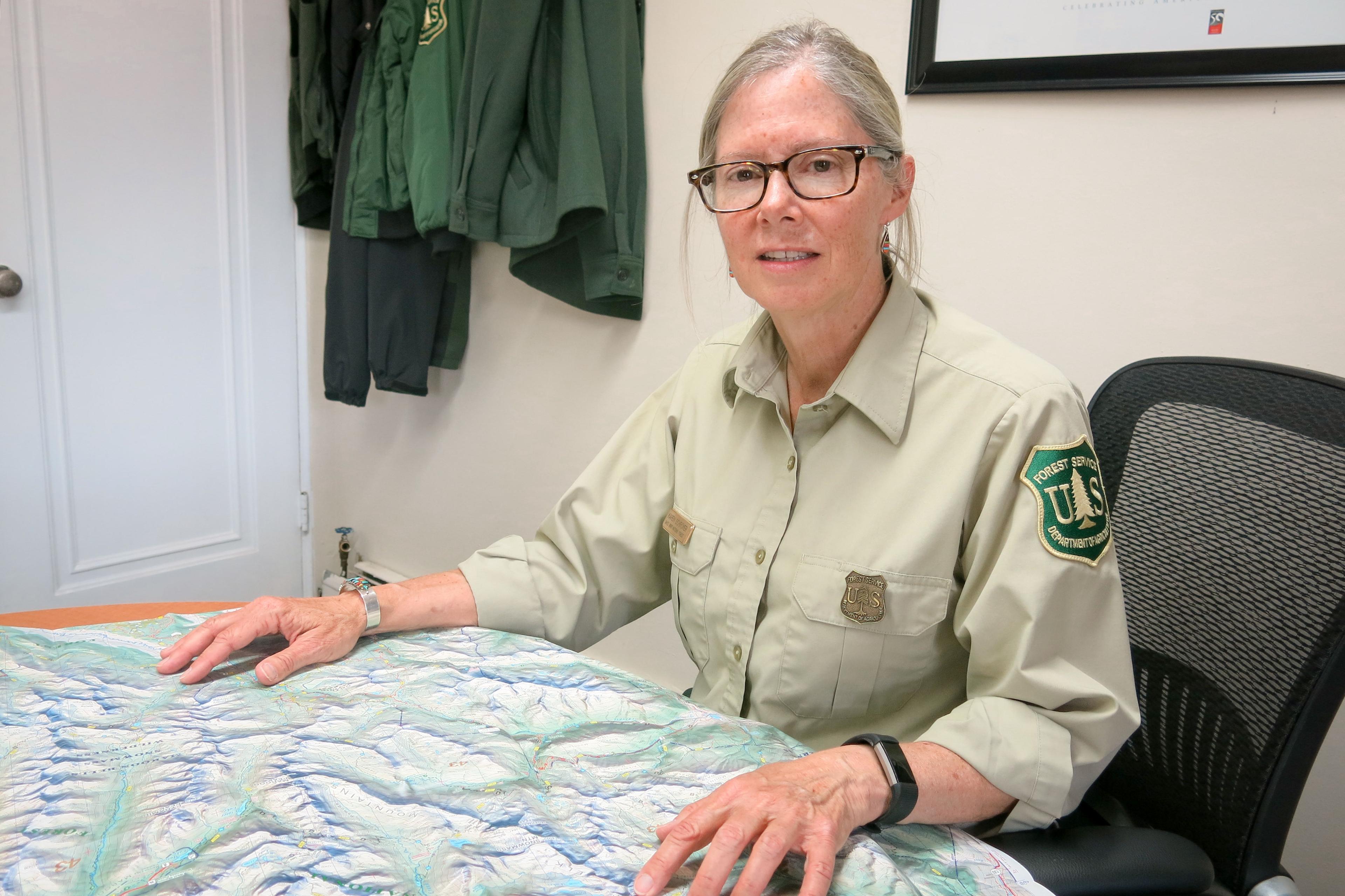
In her time on the trails, she’s seen some poor decision making with fellow hikers “in blue jeans and in flip flops and I’m turning around because there are clouds coming in,” Yzquierdo said. “And they’re like ‘We’re going to make it to the top. We drove here from Wyoming.’”
Karen Schroyer, District Ranger with the Aspen-Sopris Ranger District in Carbondale said faulty route-finding was a factor for the climbers who fell on Capitol Peak in the last summer.
“That’s my understanding, that all five got off-route at the Knife’s Edge.”
It’s one of the most famous, and often shared, features of Capitol: a spectacular, adrenaline-pumping, but for some, nerve-wracking 100-feet stretch of ridge that drops off sharply on both off sides. In the Elk Range, Schroyer said “in some cases, especially with Capitol Peak, when you get off route you can die.”
When the Elk Range Mountain Safety Coalition debated new safety measures, warning signs seemed obvious — but also, too little too late.
“We strongly feel like by the time they reach the trailhead they’ve already made their decisions,” Schroyer said. “We’ve found that very few people stop and listen or stop and read the trailhead signs.”
Many would-be climbers get their information on social media where it’s easy to find selfie shots and GoPro video highlighting “epic” adventures. What the videos can’t capture, said Lloyd Athearn with the Colorado Fourteeners Initiative, is the extreme danger, the exposure, and just how easy it is to slip and cartwheel off a cliff on the 10 or so toughest 14ers.
“If you fall, you’re going to fall not two or three feet, you’re going to fall 200, 300 feet and not survive,” said Athearn. At least one climber who died on Capitol was attempting their very first 14er and “didn’t seem to have a lot of mountaineering experience,” he said.

According to the Colorado Fourteeners Initiative, which has been tracking 14er fatalities since 2000, the 10 people who died on 14ers in 2017 is a record, tying the number from 2010.
To counter some less-than-prudent information out there, CFI is creating new online safety videos. The Elk Mountain Coalition decided to focus on education and training. Guide services are offering field clinics with sobering talk about risk assessment, rescues and planning.
“YouTube is not your mentor,” said Justin Hood, president of Mountain Rescue Aspen, a volunteer organization and one of the oldest search and rescue teams in the state. “Your mentor needs to be somebody who has experience, who hopefully has already gone up the peak you want to go up.”
Steve Szoradi from Aspen Alpine Guides agrees. He pointed out that climbs in the Elks “aren’t hikes, this is mountaineering.”
While Szoradi’s guide service will lead a client up a peak for a fee, he said anyone attempting these peaks should do some serious training. First, they should work their way up from easier 14ers before attempting the harder ones. You must be fit enough to spend 10 hours or more, dealing with high altitude, intense sun, and possibly dehydration.
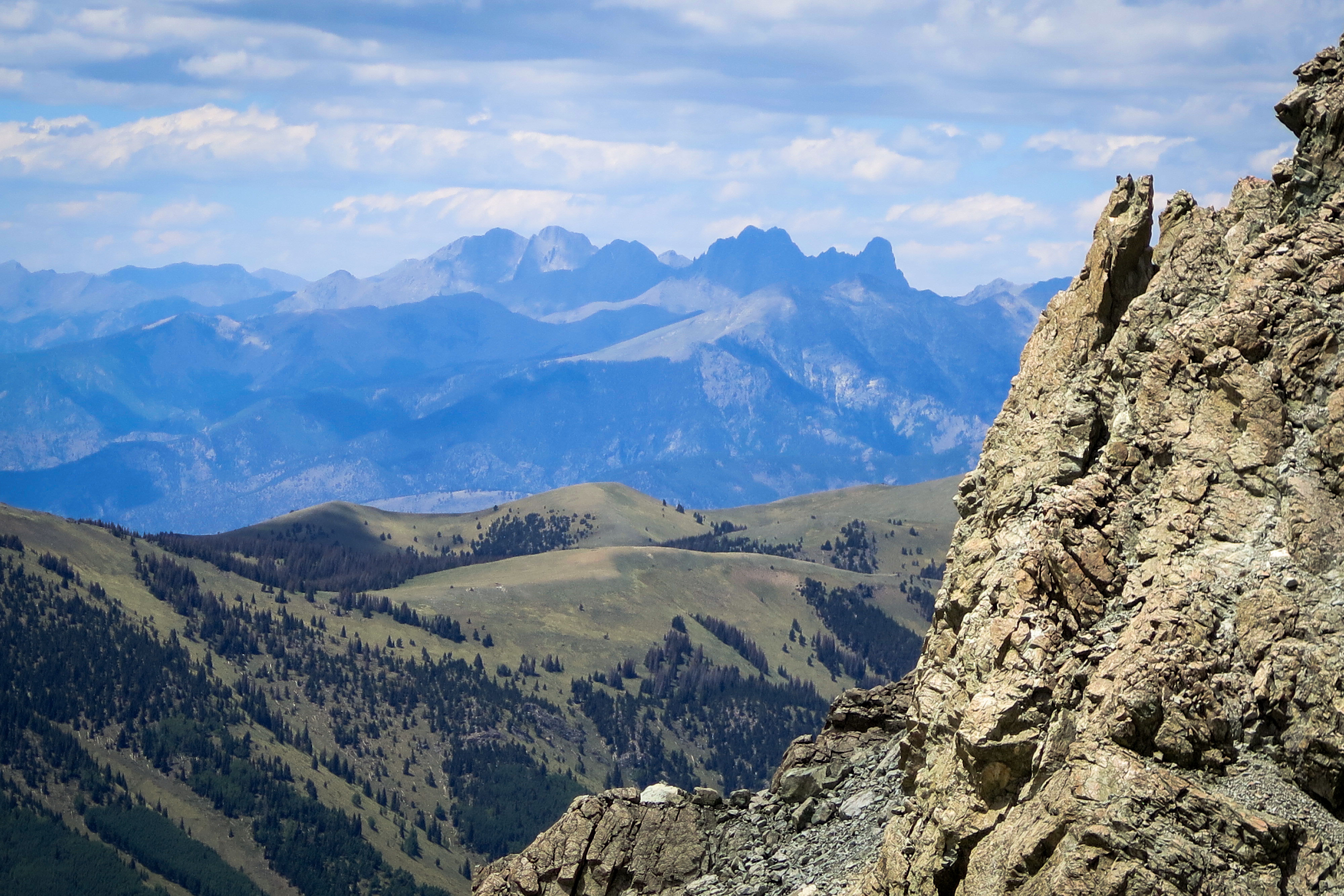
Gus Fitzgerald, a 29-year-old Aspenite, has done “15 or so” of the state’s tallest peaks, but mostly the less technical, easier ones. He wanted to try to tackle Pyramid, the Maroon Bells and Capitol. Instead of attempting them on his own, he’ll hire a guide service.
“I feel more comfortable going with a guide, someone who’s done it before. The routes can be really tricky,” Fitzgerald said. “You can die up there.”
Developing mountaineering skills over time is crucial, according to CFI’s Athearn. Trying to tackle one of the state’s riskiest peaks without that experience would “be like me watching LeBron James…and thinking ‘I’m gonna do that too,’” he said. “No chance, no chance.”
The new message for climbers is be ready to turn back, if weather, rock or personal resolve gets dicey. The mountain will still be there.
“We don’t want anybody to have any expectations that they’re just going to get to the top just because they’re trying it,” Mountain Rescue Aspen’s Hood said.
The Elk Mountain Range Safety Coalition has several upcoming events scheduled. Most of them are on the Front Range, including presentations in Golden, Colorado Springs, Denver and Boulder.

